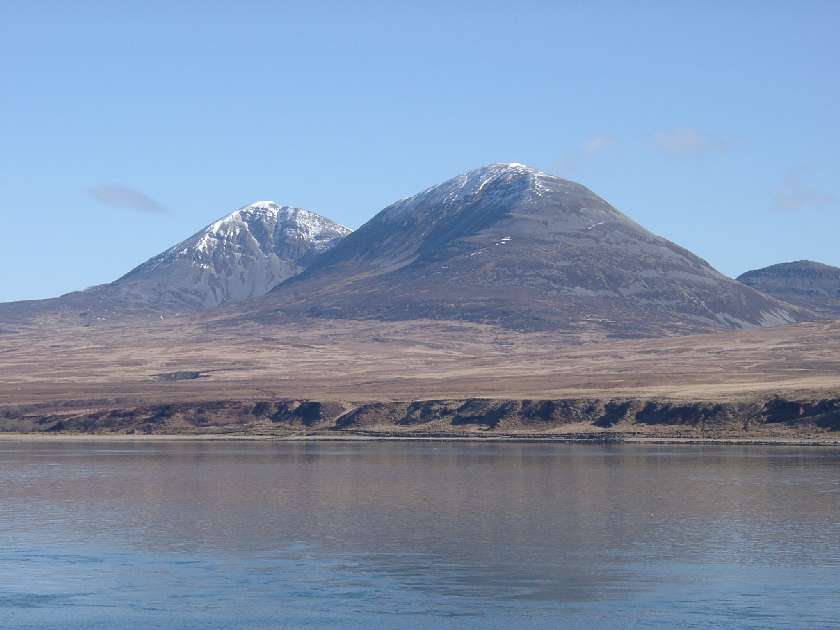SOLD TO THE VIKING WARRIOR Is my 25th Harlequin/ Mills & Boon Historical and is officially published on 1 February. It is rare in the publishing world to have published over 25 books (I had a couple of things by other publishers prior to being published by Harlequin).
A small departure for me is that although it is a Viking, it is set in the Western Isles of Scotland. I became interested in the area and its history when my youngest son spent a summer volunteering with the RSPB on Oronsay, a tidal island off Collinsay. When he returned , he was full of tales of how the Vikings had based their fleet on Collinsay and there were a number of Viking burials on Oronsay. My husband and I then spent a holiday on the magically beautiful island of Islay which also boasted a large Viking population and the idea for SOLD TO THE VIKING WARRIOR was born.
Unfortunately not much is really known about the exact history of Islay during that time period. Most histories start with Somerled, the semi-legendary founder of the MacDonald clan and who was himself half Celtic and half Norse. The name Somerled is a corruption of the Old Norse for Summer Warrior. Islay under Viking rule was most likely controlled by the Viking ruler of the Isle of Manx. We do know at this time, that ruler was Ketil who is mentioned in the Laxdaela saga. His overlord was Harald Finehair, the first king of Norway.
The heroine is Eilidith, a lady of the cennell Fergusa on Islay. Cennell is the early Gaellic term for clan. At this point, mac simply meant son of, rather than the more formal naming of a clan. When Liddy was young, her home was invaded by Vikings. Her father, the chieftain or king of the cennell paid tribute to the Viking warlord and was able to keep his lands as long as he continues to provide tribute. Liddy married a Gaelic king, Brandon of the cennell Connall, one of the lone holdouts against the Vikings. Islay was not completely controlled by the Vikings, the Celts did manage to cling on and thrive in places.
However, the marriage was not a success. He only wanted to marry her for her dowry and he had a narcissistic personality disorder. He made Liddy feel insignificant and ugly. Their twins were lost in a tragic boating accident which Liddy took the blame for. Brandon was trying to force her into a convent when he drowned.
When she was little, her grandmother used to say the butterfly mark below her lip marked her out as someone who do great things for the family. When her father and brother are being at the Viking stronghold, Liddy decides to take her father’s ring, the one given to him by the Viking warlord to free them.
 |
| My inspiration for Sigurd |
He has spent years rebuilding his life and trying to get revenge against his half-brother. Using the skill of his arm and his natural leadership ability, he is now poised to realise his dreams. The Viking king has ordered him to bring the Viking war lord of Islay to justice after he refused to pay the tribute required. That warlord happens to be Sigurd’s half-brother.
You can read the first chapter on overdrive.com .
Michelle Styles writes warm, witty and intimate historical romance in a wide variety of time periods for Harlequin Historical. Her latest SOLD TO THE VIKING WARRIOR has just been published. You can visit www.michellestyles.co.uk for more information about Michelle and her books.






